
I Carlos Mottas multidisiplinære arbeider forekommer det dialoger og intimitet som bevitner kulturhistoriske blindsoner, hovedsaklig i relasjon til kjønn og seksuell diversitet. Prosjekter som We Who Feel Differently – delvis produsert i Norge i 2011 – består av en rekke en-til-en-samtaler som omhandler manifestasjoner av seksuelle og kjønnsmessige forskjeller i ulike land. I tillegg diskuteres overlevelses- og myndiggjøringsstrategier som vokser ut av individuelle møter med institusjoner som ofte har en slagside mot et binært kjønnsbegrep.
Den colombiansk-fødte, New York-baserte kunstneren er nå tilbake til Norge i anledning en separatutstilling ved Hordaland Kunstsenter. Denne gangen har en-til-en-samtalen veket for en annen type dialog og en annen type intimitet. I sentrum for utstillingen finner vi Filmen Deseos / رغبات . , hvor vi presenteres for to kvinners historier om vold og begjær: colombianske Martina som tidlig på 1800-tallet ble rettsforfulgt og dømt for å være en hermafroditt, og Nour som levde i Beirut under det sene osmanske riket, og som ble tvunget til å gifte seg med broren til sin kvinnelige elsker. Den fiktive korrespondansen er basert på research Motta og medforfatter Maya Mikdashi har gjort i de respektive landene.
Andre del av utstillingen utgjøres av den nye serien Beloved Martina (2016). Denne serien med 3D-printede statuer trekker veksler den gresk-romerske tradisjonen fra antikken, i tillegg til 1900-talls-fotografi, i et forsøk på å forestille seg den mytiske Hermafrodite – en sammensmelting av Hermes og Afrodite.
Utstillingen åpner 26. august og ledsages av et helgeseminar (27. til 28. august) utviklet i samarbeid med kuratorstudiet ved Kunst- og designhøgskolen i Bergen.
Intervjuet presenteres på originalspråket.

Tell us about your choice of works for this exhibition where the collection of statues, Beloved Martina, is titled after one of the characters in the film Deseos / رغبات.
The sculptures were made in response to the character of Martina, who was accused of being a “hermaphrodite” and consequently penalized. I thought that presenting these two works would be an interesting way to think about the representation of intersex bodies historically, and to think about questions of intersex politics in the present. The works are complimentary; they both speak of classical ideas and representations of the body and about the traditional and normative question of how gendered bodies are constructed.
You have said that the notion of the archive is an important aspect in Deseos / رغبات. Can you say something about how the archival plays a part in this film?
To me the most important aspect of this project is rejecting that certain lives and experiences have become available to history via their existence in institutional archives. We only know about the lives of people like Martina because they disrupted normative ways of being or living. Martina disrupted the comfortable notions of the gendered body in Colombia and she threatened the medical establishment with a body that was beyond something they understood. Because of this, she became a case that was archived. This means that we are only able to talk about Martina’s life at all because she was pathologised and criminalised. Deseos / رغبات, is an attempt to reclaim lives like Martina’s and frame them in more positive terms. I am interested in the ways in which Martina may have led a life that was completely normal, and by normal I mean without encounters with the law, had it not been because she was made into a “special” case.
These cases speak about all of the other lives that took place outside of institutionalised forms of history making. In that sense it becomes a queer theoretical intervention into the ways in which we think about the making of history. Rather than thinking about queer people as marginal subjects, the film embraces fiction and historical intervention as an opportunity to re-shift those narratives.

This relates to various other works of yours were you invite us to re-evaluate how we look at existing histories and archives.
This idea of creating alternative archives or creating different forms of navigating archives is something that I have been interested in since The Good Life (2008), one of my first works. I have noticed that certain institutional archives exclude certain ways of looking through the materials they have in order to build different narratives. And I thought that working with online archives, databases and internet sites would be an interesting way to bring together things that would traditionally have been categorised differently. Archives are really important for the future. In my work you find attempts to think about the process of categorising some historical instances in ways that are alternatively conceived, and to create archives that function, formally speaking, similarly to traditional archives but that offer you different ways of navigating them.
Can you say something about the epistolary vehicle in Deseos / رغبات?
The epistolary came up as a way to construct characters that were separated by geography, religion, and language. The decision of including these letters was a way for us to think about how queer people have developed networks of solidarity, friendship and kinship at a distance. If you think about the ways in which queer people have built communities and related to one another historically is through finding like-minded people. Today this is very easy, you have the internet, you have chat rooms, you have apps, you have ways of circumnavigating your difference in spaces that overdetermine that difference via forms of communication. Initially Maya Mikdashi and I were actually thinking about having Martina and Nour communicate via text messages. But we thought that the form of writing letters was more romantic. This is a form of intimacy that allows them to communicate in silence and to establish deep connections that they would not have been able to otherwise.

I’ve read comments about your work that bring up the notion of conspiracy, does this apply to the relationship between Martina and Nour?
If there is a conspiracy here, it is a conspiracy to survive. One thing these two characters have in common is that they are going against massive forms of repression. Repression against their bodies, their lives, their identities… These took the form of imprisonment, or medical examinations, familial repression or being an outcast within their own social circles. So they are conspiring against this idea of being turned into objects of repression.
When discussing gender and sexual diversity, there is a tendency to say that things are different depending on the country or region, that, what you experience in Norway, for instance, must be so different to what is experienced elsewhere. But, as you work suggests, there seems to be a case to be made for situations that are geographically overarching. How much do you focus on the local vs. global in these projects?
An impulse I have had in the different works that I have made is the fostering of international conversations around certain topics. This departs from the expectation and desire to see how specific cultural differences mark the development of specific political processes in relation to sexuality and gender. This is also taking into account that processes of LGBT emancipation are, in their foundation, international. This is mostly because they correspond to the experience and process of emancipation in the USA and Western Europe since the late 1960s. My desire to create these international platforms for conversation, such as in We who Feel Differently is a way of thinking through the colonialist ways in which some of these theoretical and activist models have been exported and imposed onto other contexts.

On the other hand, a film like Deseos / رغبات, which is not concretely about these contemporary issues, also relates to the expectation that there should be a similar experience of sexuality internationally when this is really something that needs to be refuted. Deseos / رغبات shows that, even if the ethos of Martina and Nour’s problems is similar, their experience could not be more different: Martina faces a series of institutional challenges that come from the outside, she became a public case and was turned into a freak, whereas Nour has to deal with her problems in a very private way, it’s like a regime of punishment through silence.
What is for you the difference between working in a more documentary way as in We Who Feel Differently and Gender Talents (2015), which focus on people engaged directly with activism, and a film like Deseos / رغبات which develops similar questions through fictional and poetic operations.
In projects like We Who Feel Differently and Gender Talents I am interested in making evident the processes in which communities of activists have been building political strategies and discourses around sexuality and gender. This meant that the form of the project should be anchored in their day-to-day experiences in a more documentary way. The idea of making short films or using interviews as a form to showcase the activists and their work was something that felt useful. With the historical cases it’s been different. Here I am ultimately dealing with fiction and parafiction as a way to allow characters to flourish in a new light via poetic gestures.
Let’s talk a bit about the sculptural portion of the show. I’m curious to know about your use of scale in Beloved Martina. The reduction in size of the statues reminds me of your earlier work Towards a Homoerotic Historiography (2014) which included miniature golden representations of Prehispanic homoerotic encounters.

In Towards a Homoerotic Historiography the scale responded to the invisibility of these objects in historical narratives, museums and archives. It was a literalisation of how these objects have existed and continued to exist outside of historical narrations mostly because of censorship, and also because of a lack of documentation since most of them were destroyed. These objects are so small that you really have to look very closely in order to see them, and to me this is a way of giving them a certain presence in a place where they don’t have any presence at all.
I see, and in Beloved Martina the objects seem to be more like domestic or decorative figures.
Yes, the form in Beloved Martina was determined by commercial souvenirs that you would buy as a tourist. If you go to the acropolis in Athens, for instance, you can buy a statue of a caryatid in a domestic, barbie-doll size. I thought it would be nice to work with that form because the depiction of these hermaphroditic characters would never make it to that kind of commercial application.
What about 3D printing as a technique to produce these collections of figures?
I basically wanted to make Xerox copies of these objects and 3D printing is a sophisticated way of making photocopies. This was the most faithful way of appropriating them and creating my own institutional collage of all of these objects together. I also like the idea that the exhibition of figures like Beloved Martina and Towards a Homoerotic Historiography are the first time that a comprehensive exhibition representing homoerotic practices in the pre-hispanic world, or the representation of hermaphroditic figures in classical sculpture, are put together. The bringing together of these collections of objects is also a way of claiming a history that is simply not possible to claim otherwise.

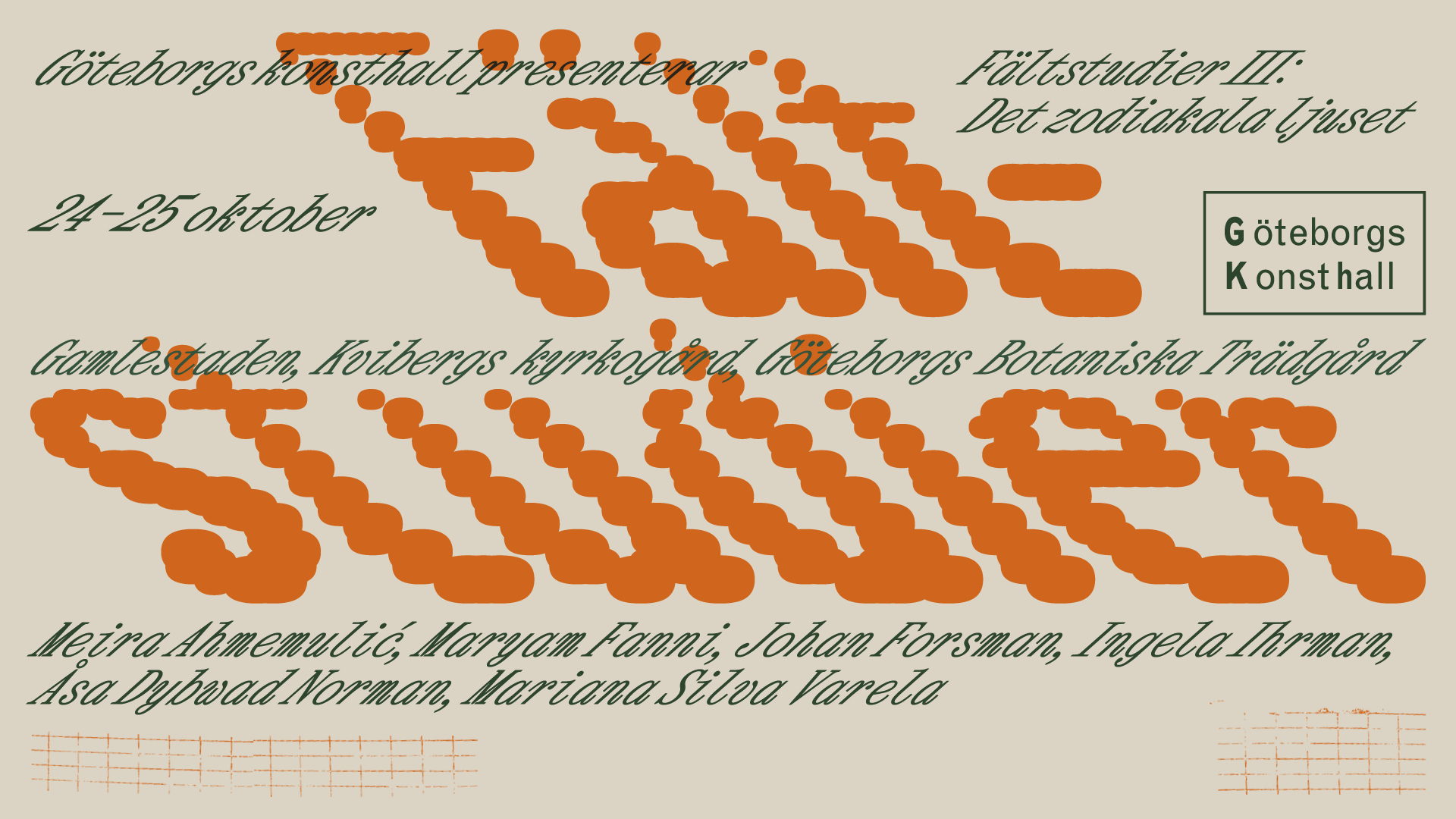

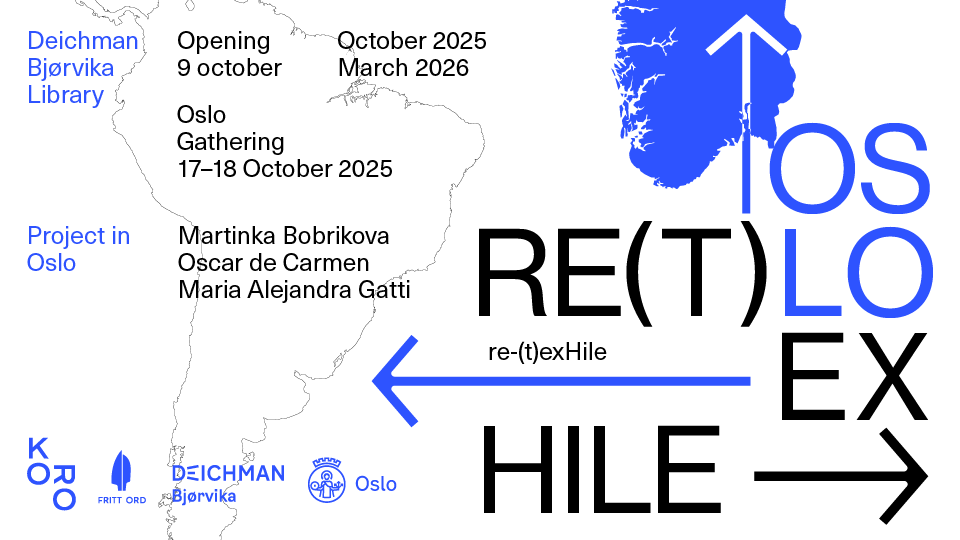
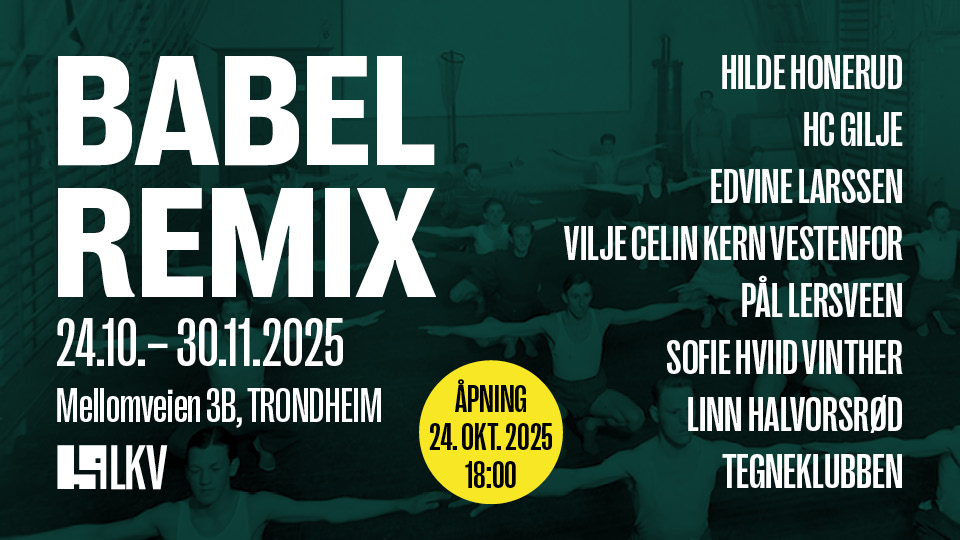
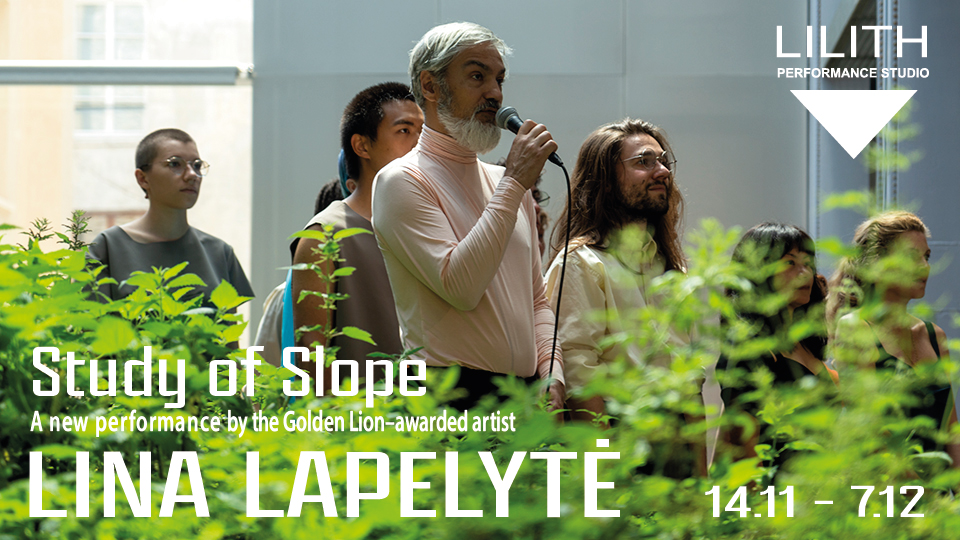
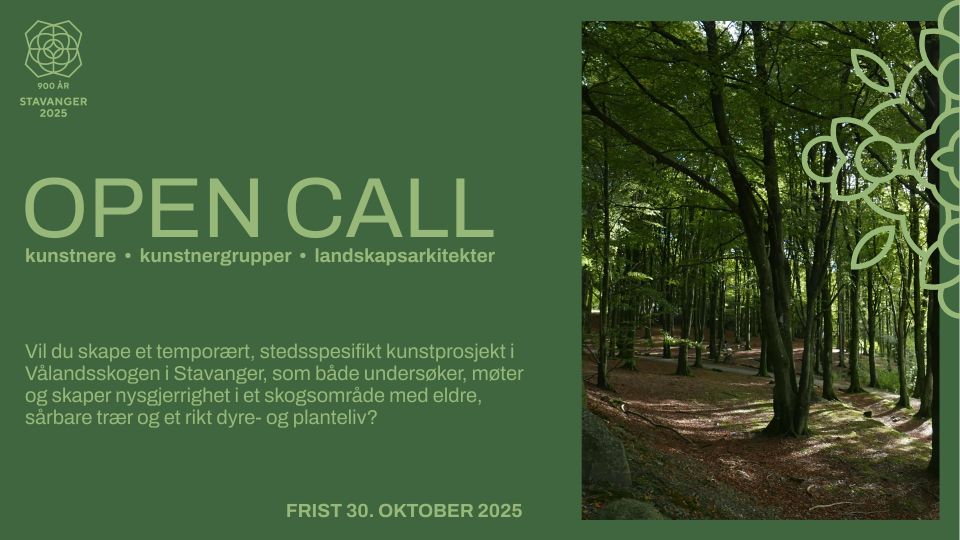
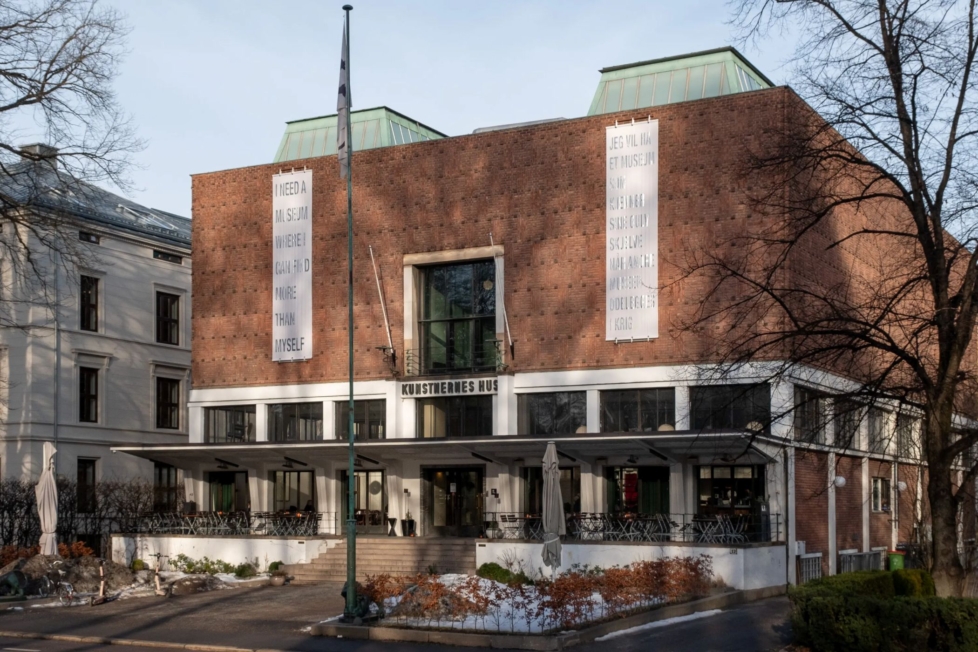
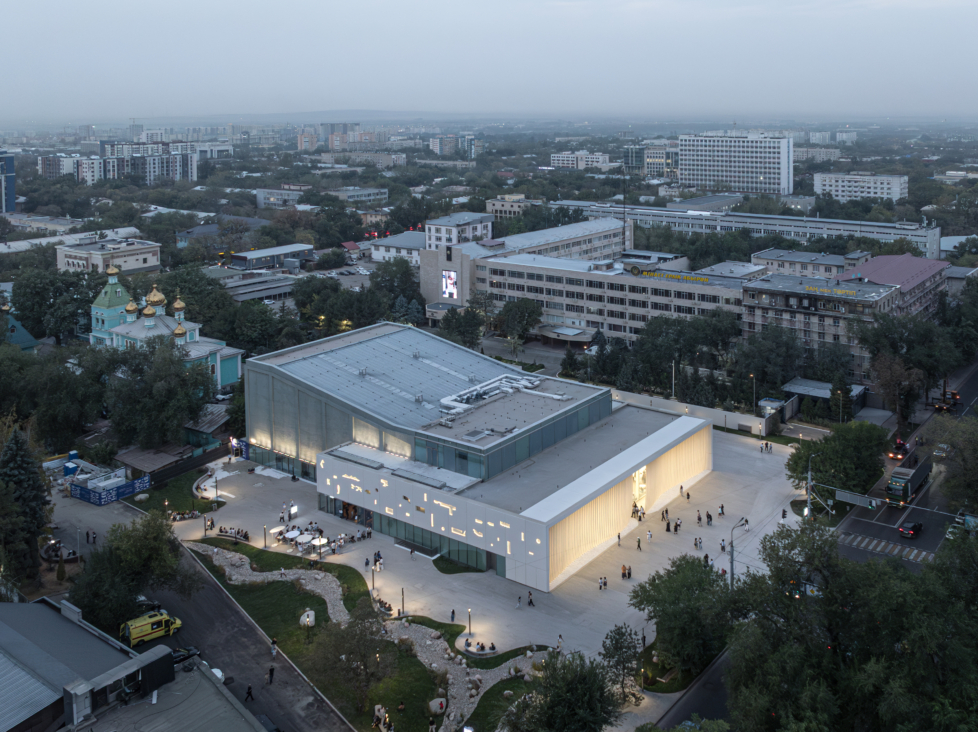
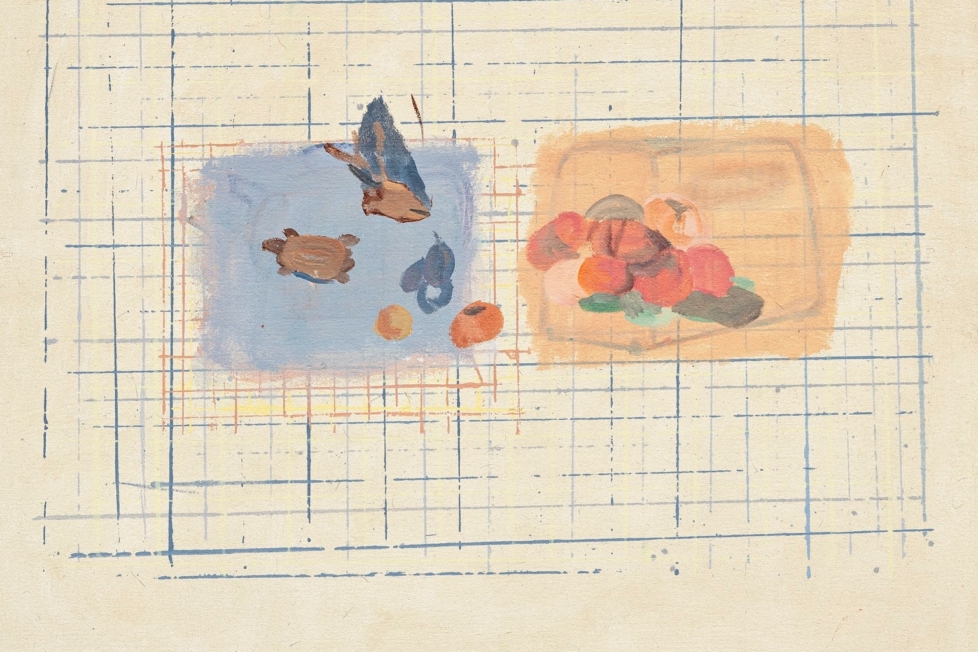
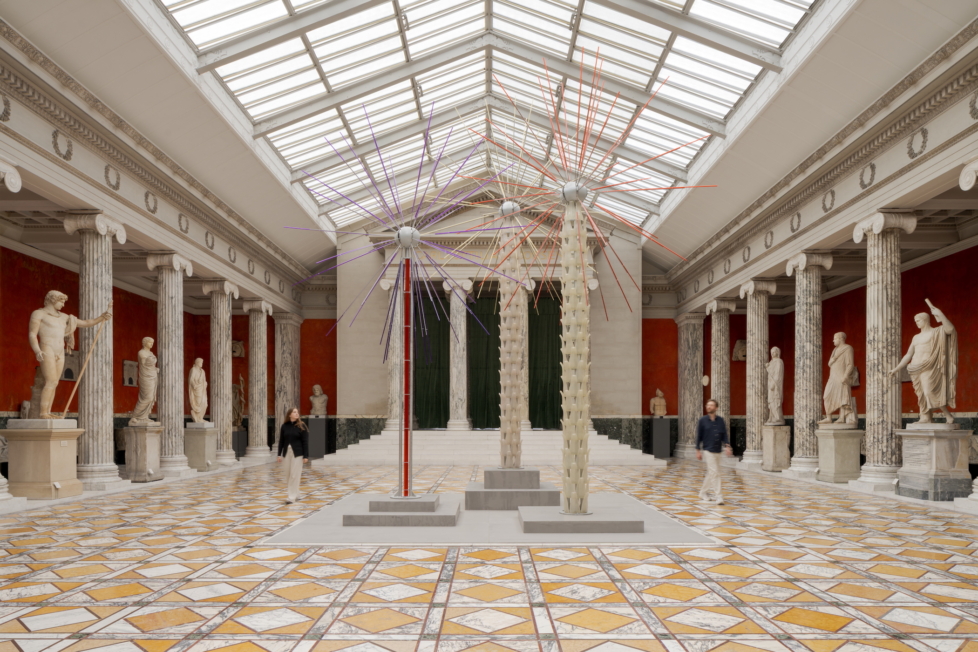
Diskussion